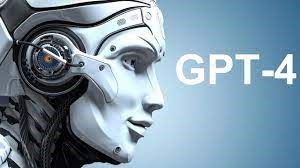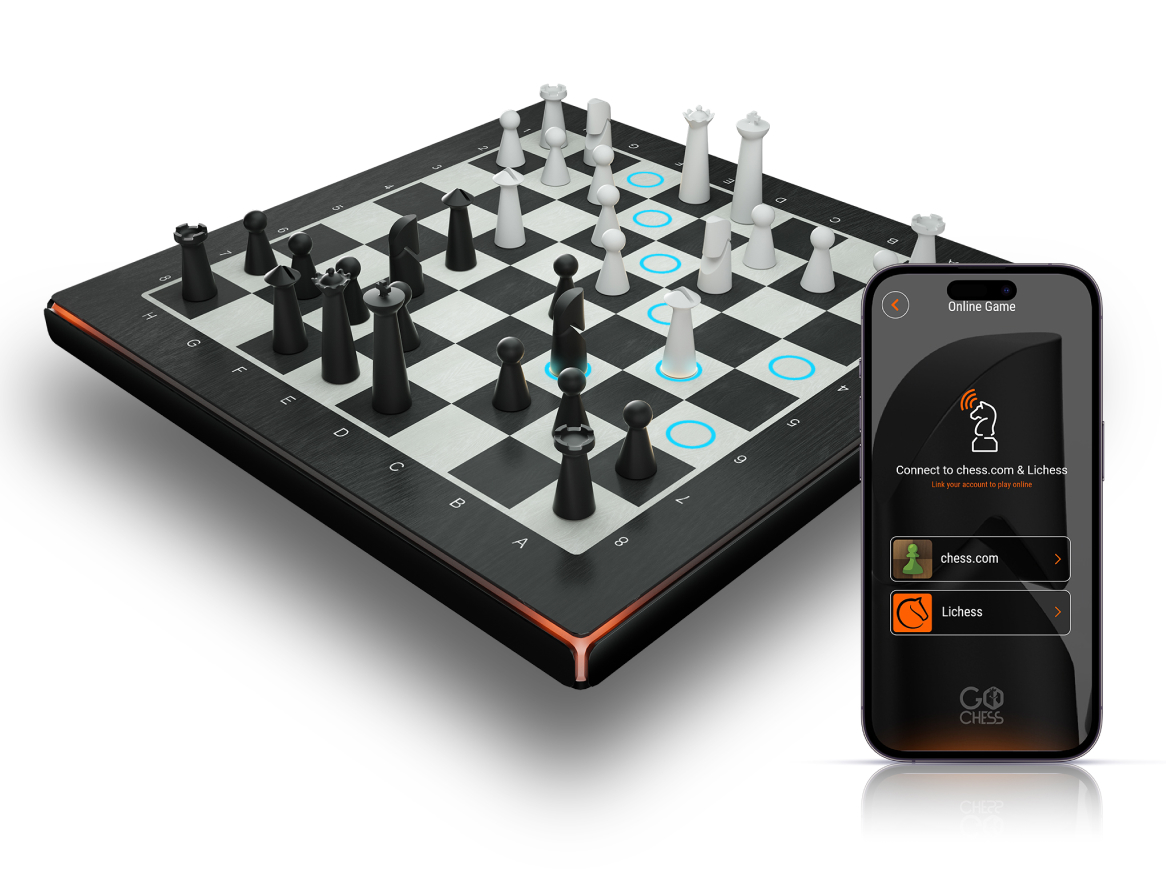Object Detection
Object detection, as of one the most fundamental and challenging problems in computer vision, has received great attention in recent years. Over the past two decades, we have seen a rapid technological evolution of object detection and its profound impact on the entire computer vision field. If we consider today’s object detection technique as a revolution driven by deep learning, then, back in the 1990s, we would see the ingenious thinking and long-term perspective design of early computer vision. [1]
In the last few years, the rapid advances in deep learning techniques have greatly accelerated the momentum of object detection technology. With deep learning networks and the computing power of GPUs, the performance of object detectors and trackers has greatly improved, achieving significant breakthroughs in object detection.[2]
Deep Learning object detection and tracking are the fundamental basis of a wide range of modern computer vision applications. For example, the detection of objects enables intelligent healthcare monitoring, autonomous driving, smart video surveillance, anomaly detection, robot vision, and much more. Each AI vision application usually requires a combination of different algorithms that form a flow (pipeline) of multiple processing steps.[2]
AI imaging technology has greatly progressed in recent years. A wide range of cameras can be used, including commercial security and CCTV cameras. By using a cross-compatible AI software platform like Viso Suite, there is no need to buy AI cameras with built-in image recognition capabilities, because the digital video stream of essentially any video camera can be analyzed using object detection models. As a result, applications become more flexible as they no longer depend on custom sensors, expensive installation, and embedded hardware systems that must be replaced every 3-5 years.[2]

Figure .1 Object detection
Figure 1 shows Object detection is the process of locating and identifying objects within an image or video. Recent advances in object detection include the use of deep learning and convolutional neural networks (CNNs) to improve accuracy and speed.
Object detection is a computer vision technique that involves identifying and locating objects within an image or video. It is a fundamental task in computer vision and has many practical applications, such as self-driving cars, security systems, and image retrieval.
Object detection involves two main tasks: object localization and object classification. Object localization involves identifying the location of an object within an image or video, usually by drawing a bounding box around it. Object classification involves identifying the type of object within the bounding box.
Object detection algorithms typically involve a series of steps, including image pre-processing, feature extraction, object proposal, object classification, and object tracking. Deep learning algorithms, such as convolutional neural networks (CNNs), have shown great success in object detection tasks, achieving state-of-the-art performance on several benchmark datasets.
There are many object detection frameworks available, including Faster R-CNN, YOLO (You Only Look Once), and SSD (Single Shot Detector). These frameworks have different strengths and weaknesses, and the choice of framework depends on the specific application and performance requirements.
References:
- https://ieeexplore.ieee.org/abstract/document/10028728
- https://viso.ai/deep-learning/object-detection/
Cite this article:
Janani R (2023), Object detection, AnaTechMaz, pp.243















